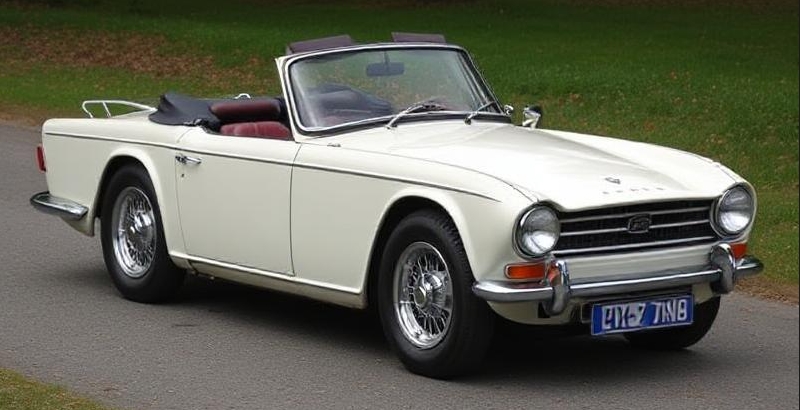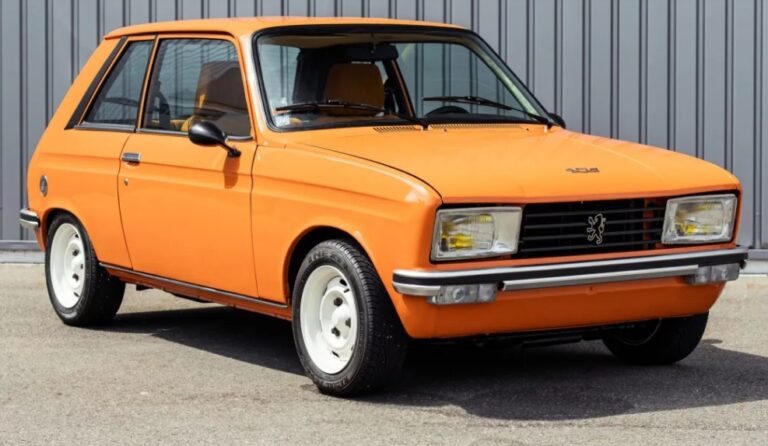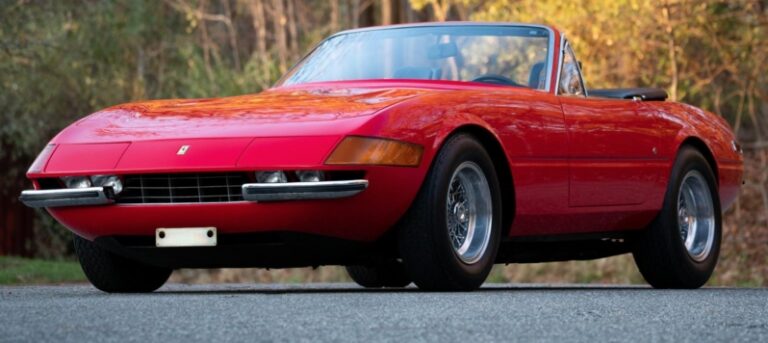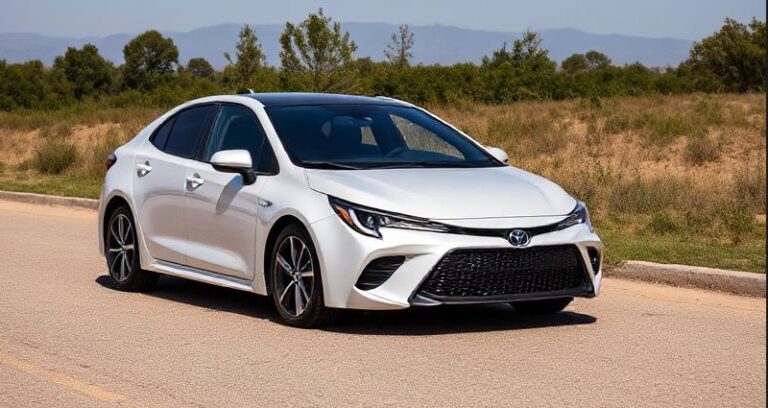The Evolution of the Triumph TR4 and TR6: A Journey Through British Sports Cars
Introduction
The Triumph TR series holds a significant place in the hearts of enthusiasts who admire British sports cars. Among these, the Triumph TR4 and TR6 stand out for their performance, design, and vibrant histories. This article delves into the evolution of the TR4 and TR6, exploring the years they were produced, their various models and trim levels, and their legacy as iconic sports cars.
The Triumph TR4: A New Era
Year of Production: 1961 – 1965
The Triumph TR4 was introduced in 1961, designed by Michelotti, who gave it a sleek, modern look that distinguished it from its predecessors. It featured a more powerful engine and was aimed at competing with established cars like the MG and Austin Healey.
- Engine and Performance:
The TR4 was powered by a 2.1-liter inline-four engine producing around 100 horsepower, enabling it to reach 60 mph in about 10 seconds. The car utilized a live rear axle and independent front suspension, providing a balanced ride that catered to spirited driving. - Model Variants:
- The TR4 (1961–1965): The standard model featured a two-seat roadster design with an optional hardtop, adding versatility for all-weather driving.
- The TR4A (1965): Launched mid-series, the TR4A introduced improved independent rear suspension, a welcome enhancement for handling and comfort.
- Trim Levels:
While the TR4 and TR4A did not have formal trim levels, buyers could choose optional extras such as wire wheels, extra instrumentation, and various upholstery options.
The Triumph TR6: Advent of a Classic
Year of Production: 1968 – 1976
The TR6 took the baton from the TR4 in 1968, representing a bold evolution in styling and mechanics. It featured a more aggressive stance and a reputation for solid performance.
- Engine and Performance:
The TR6 was equipped with a 2.5-liter inline-six engine, which produced 150 horsepower (in the US version) and provided a more substantial torque band. This engine paired with either a four-speed manual or an optional automatic transmission allowed drivers to experience a potent and lively ride. - Model Variants:
- TR6 (1968–1976): The standard model continued to evolve, offering improvements in reliability and comfort. However, it retained the classic TR driving experience.
- TR6 (US Version): Aimed at complying with US emissions regulations, the TR6 was slightly detuned for the North American market during 1969-1976 to meet safety and emissions standards.
- Trim Levels:
- The TR6 was offered with few formal trim levels, but options like the overdrive transmission, leather seats, and various exterior colors were available.
- In terms of equipment, optional features included a removable hardtop, additional gauges, and various safety enhancements over the years.
.

.
A Timeline of Variations and Developments
Triumph TR4 Timeline
- 1961: Introduction of the TR4.
- 1965: Launch of the TR4A with independent rear suspension.
- 1965: End of TR4 production, with 40,253 units built.
Triumph TR6 Timeline
- 1968: Launch of the TR6, featuring a new engine and styling.
- 1972: The addition of a larger rear anti-roll bar and changes to the chassis for better handling.
- 1976: Final year of TR6 production, with approximately 94,619 units produced.
Design Elements
Both models displayed characteristics that made them highly recognizable. The TR4 featured clean lines and a charmingly functional yet elegant design, while the TR6 emphasized a more muscular look with a long hood and short rear deck that brought an aggressive stance.
Driving Experience
Driving a TR4 or TR6 transports enthusiasts back to the golden age of British motoring. The TR4 offers a classic, nimble feel, while the TR6 provides a more robust and confident ride thanks to its larger engine and improved suspension. Both vehicles provide a visceral driving experience that modern cars often can’t match, characterized by a straightforward mechanical nature that favors engagement over luxury.
Legacy and Influence
The Triumph TR4 and TR6 have left an indelible mark on the automotive world. The TR4 is often praised for its blend of performance and reasonable pricing, making sports car ownership accessible to more enthusiasts. The TR6, with its more powerful engine and striking design, became a favorite for those wanting a blend of performance and style.
Over the years, the TR series has maintained a dedicated following, with clubs and communities devoted to preserving and restoring these iconic machines. They are often used in vintage racing and are still enthusiastically driven through winding country roads, showcasing the timeless appeal of these vehicles.
Collectibility
As classic cars, both the TR4 and TR6 have seen a rise in value, particularly well-maintained and restored examples. The TR6, in particular, has become increasingly sought after for its brutish good looks and drivability. Auction houses often feature these models, and they are regularly seen at car shows dedicated to classic British sports cars.
Conclusion
The Triumph TR4 and TR6 represent not just a journey through automotive engineering but a rich history of automotive passion and design. They epitomize what sports car enthusiasts seek: an engaging driving experience, classic styling, and a piece of history. Whether it’s the nimble TR4 with its charming roots or the more muscular TR6 that offered added power, both models cemented Triumph’s heritage in producing thrilling, dynamic sports cars that continue to resonate with enthusiasts today. The legacy of the TR4 and TR6 lives on, not just in the cars themselves, but in the community of supporters and lovers of classic automotive history.







